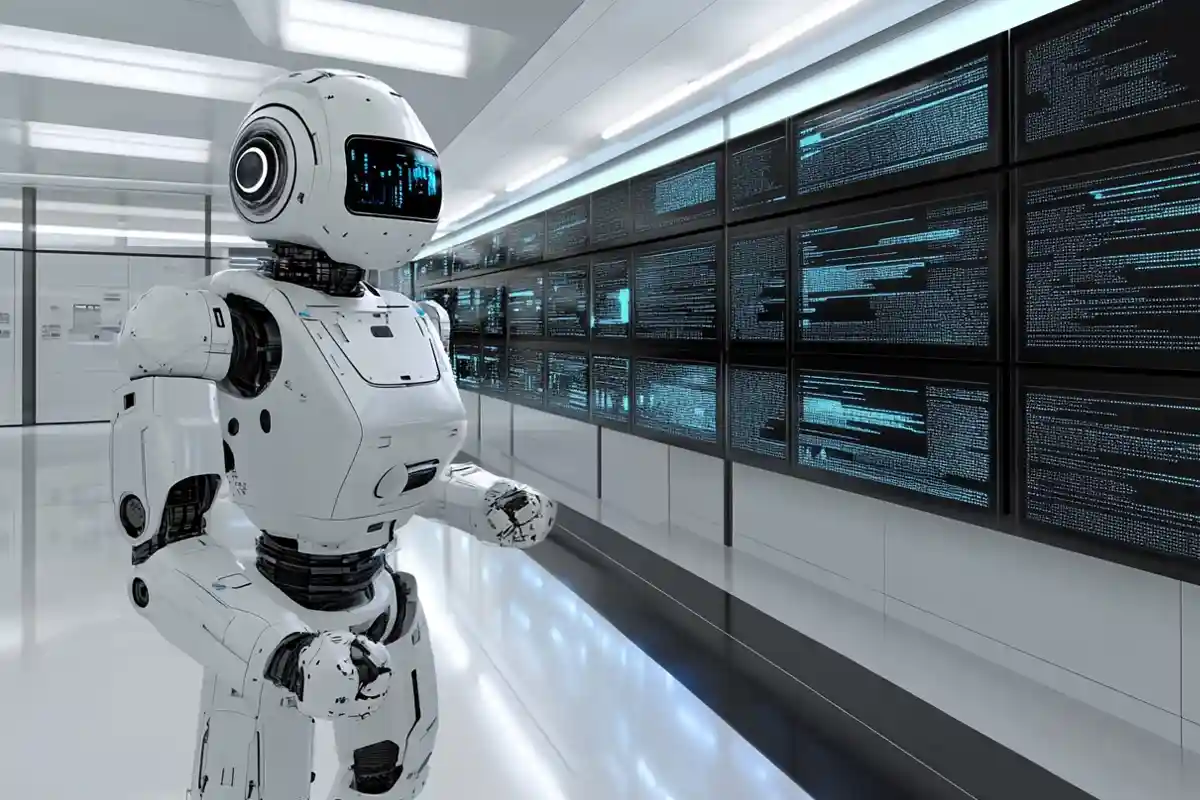AI is adept at evaluating large amounts of data. What does that signify, though? A vast volume of information that is too big for humans to view all at once is known as big data. AI facilitates data organization, pattern recognition, and prediction. Let us examine how AI accomplishes all of this.
1. Collecting Data
AI first collects data. There are numerous sources of big data. Websites, social media, sensors, and even smart gadgets can all provide it. AI swiftly gathers all of this data. AI, for instance, can collect information about daily website traffic or consumer purchasing patterns.
2. Organizing Data
AI arranges the data after it has been gathered. Let us say you have a mountain of paperwork. AI assists by classifying them. It makes data easier to view by grouping related items together. AI arranges data according to categories, including locations, dates, or numbers.
3. Finding Patterns
Finding patterns in vast volumes of data is an area in which AI shines. It looks at the facts to see how they relate to each other. AI is able to analyze social media posts to identify the subjects that people are talking about, for example. It can spot trends, such as as popular topics, events, or products. This facilitates businesses’ comprehension of the demands and preferences of customers.
4. Making Predictions
AI can use vast data to generate predictions. AI is able to produce precise forecasts about potential future events by analyzing data trends. For example, using historical sales data, AI can forecast the number of individuals who will purchase a product in the future. By examining historical weather patterns, it can also forecast the weather for the future.
5. Analyzing in Real-Time
AI is capable of real-time massive data analysis. This implies that it can immediately make decisions after reviewing fresh data as it becomes available. For instance, real-time traffic pattern analysis is one way AI can assist with traffic management. By examining patient data, it can also assist physicians in making prompt health decisions.
6. Improving Over Time
AI gets smarter the more data it receives. AI learns from the data it analyzes through machine learning. It becomes more adept at spotting trends and making predictions over time. This enables people to use data in novel ways and helps businesses make better decisions.
Conclusion
Big data analysis heavily relies on AI. It swiftly gathers, arranges, and identifies patterns in data. AI aids in decision-making and prediction, and it may even get better with time. AI helps individuals better understand and use data. AI aids in making sense of the massive volumes of data we generate on a daily basis, whether for commercial or personal usage.

